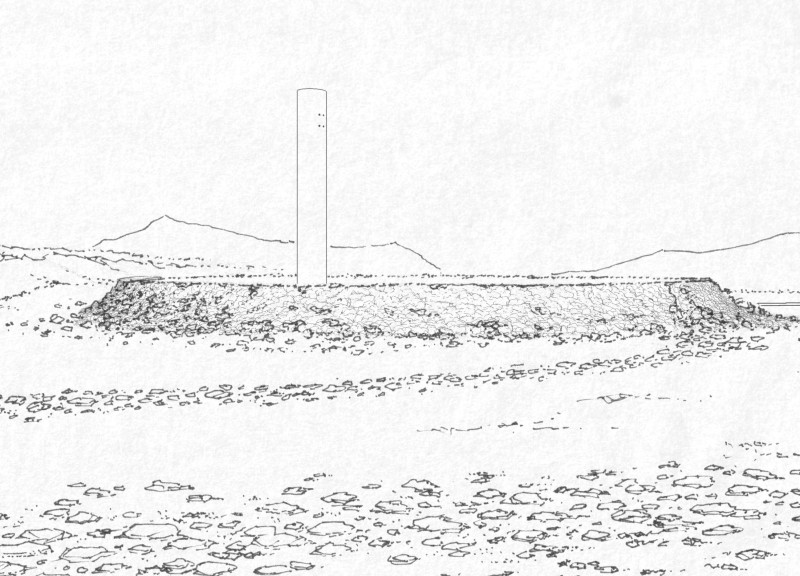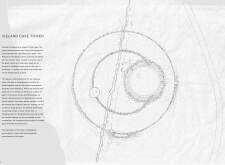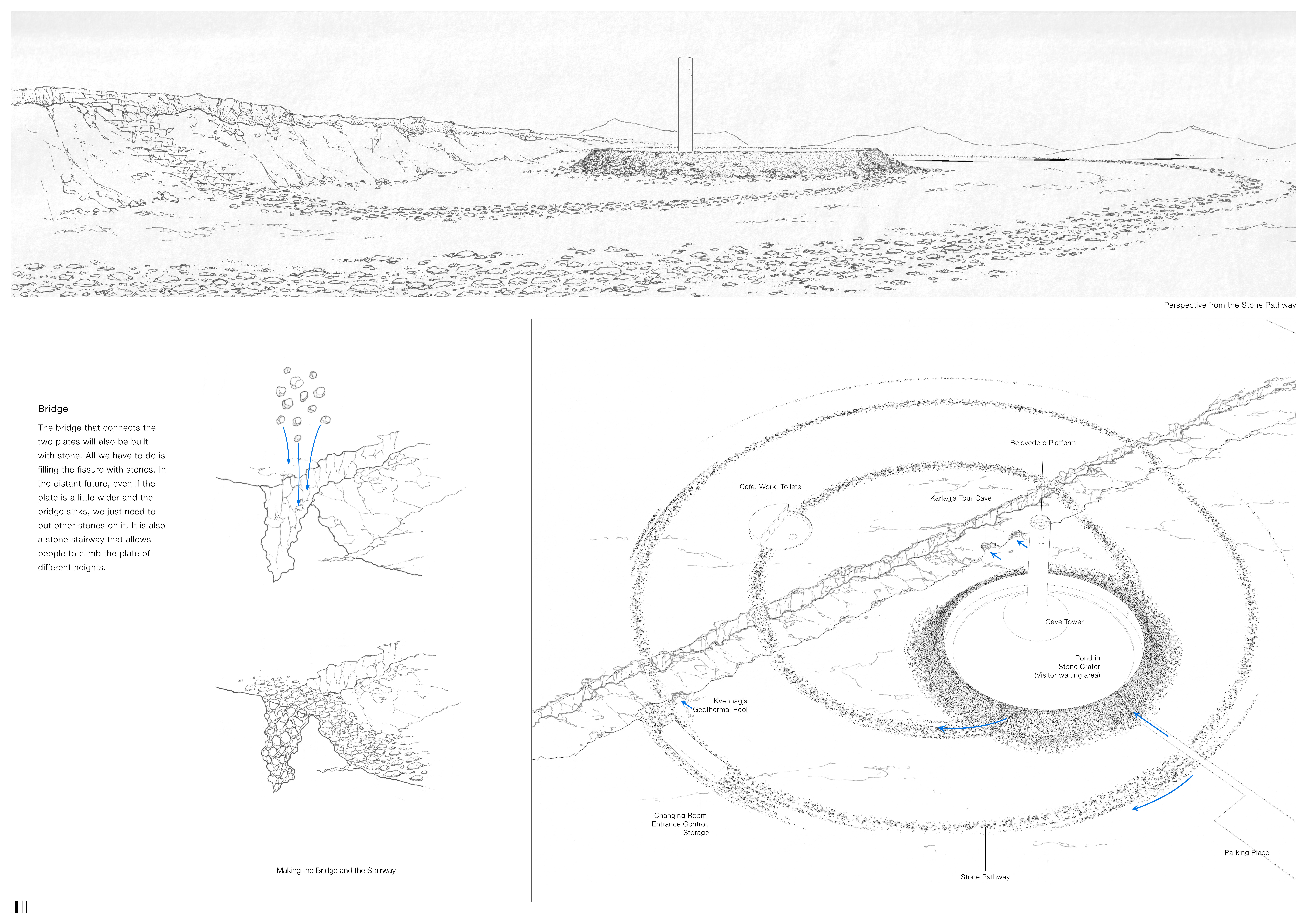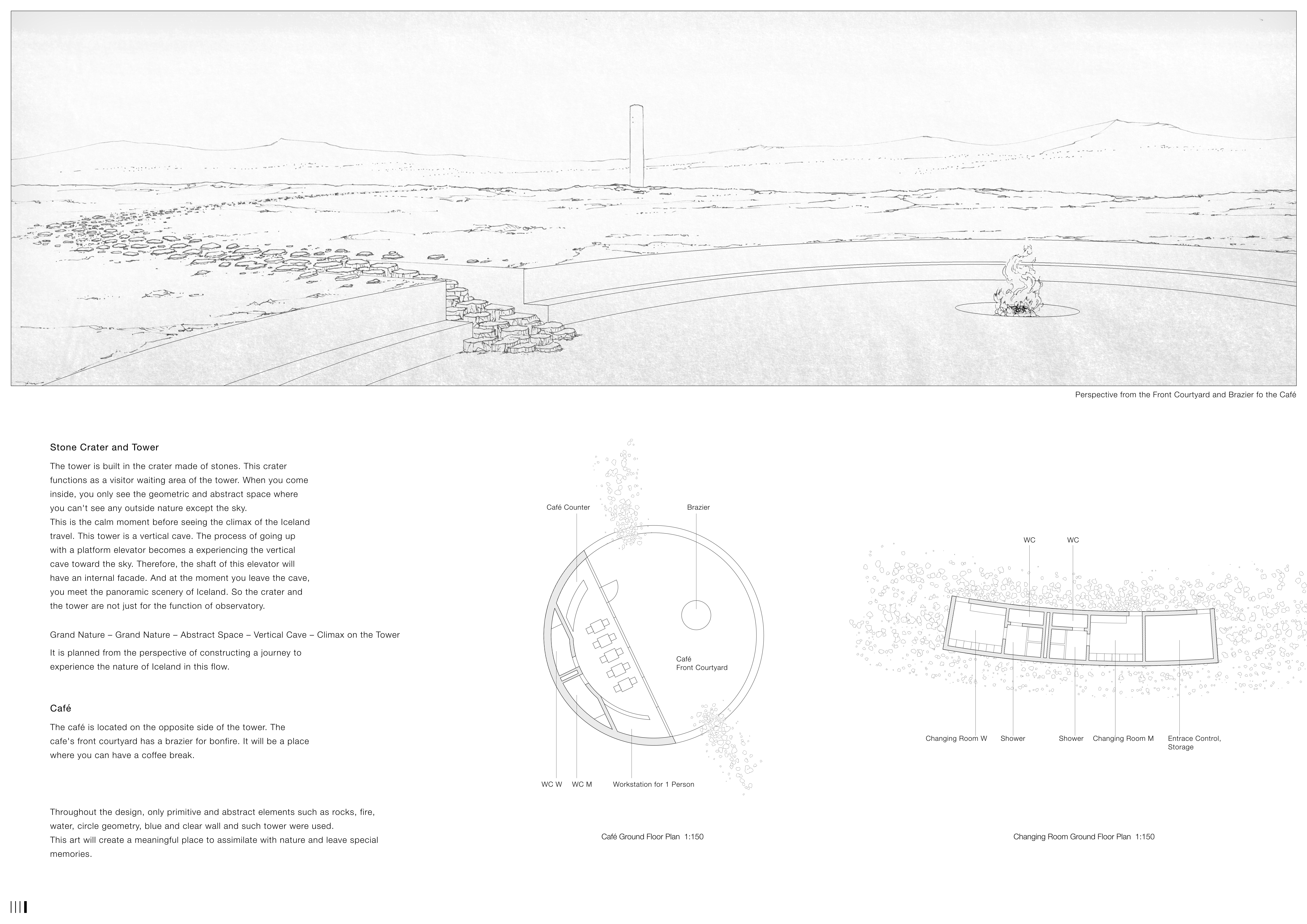5 key facts about this project
The architectural project under analysis represents a significant advancement in contemporary architecture, emphasizing the synthesis of functionality and aesthetic appeal. This design is articulated through a careful consideration of spatial organization and the choice of materials, which engage with their surrounding environment. The project serves multiple purposes, providing essential spaces for both individual and communal activities, thus promoting interaction and functionality within its context.
The overall design is marked by a clear layout that maximizes natural light and encourages ventilation, which are critical components that enhance the quality of the internal environment. This attention to environmental factors is a hallmark of modern architectural practices, aiming for sustainable solutions that contribute positively to user experience and energy efficiency.
Subtitle 2 - Innovative Material Usage and Architectural Identity
What differentiates this project from conventional designs is its innovative approach to material selection. The project incorporates a combination of sustainable materials, such as recycled steel, cross-laminated timber, and high-performance glass. This thoughtful selection not only reduces the building's carbon footprint but also contributes to a cohesive architectural identity. The interplay of materials provides a tactile quality that invites exploration and creates a dialogue between the interior and exterior spaces.
Additionally, the façade design incorporates shading elements crafted from perforated metal, which articulate the building's mass while providing solar control. This feature is not merely aesthetic; it plays a functional role in reducing heat gain and enhancing energy efficiency. The facade further demonstrates the project's commitment to environmental sustainability, as it promotes passive climate control without sacrificing visual appeal.
Subtitle 3 - Spatial Dynamics and Community Integration
The spatial organization of the project is another critical aspect that merits attention. Designed to facilitate social interaction, the layout includes open-plan areas that can be easily reconfigured for various functions. Flexible spaces are inherently valuable in today’s architectural landscape, as they accommodate the evolving needs of users. The integration of communal areas encourages collaborations and activities that foster community engagement, vital for modern living.
Moreover, the strategic placement of greenery throughout the design enriches the user experience and contributes to the biophilic design approach embraced in contemporary architecture. Landscape elements, such as green roofs and integrated planter boxes, not only enhance aesthetic qualities but also improve air quality and promote biodiversity.
This thoughtful architecture creates a harmonious relationship between built and natural environments, advancing the current discourse on sustainable design principles. For those interested in further exploring the intricacies of this architectural project, a detailed review of the architectural plans, architectural sections, and architectural designs will yield deeper insights, revealing the rich architectural ideas that underpin this innovative project.






















































